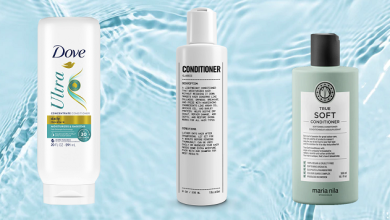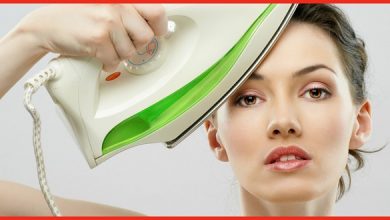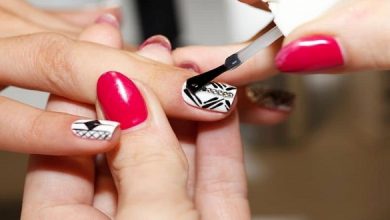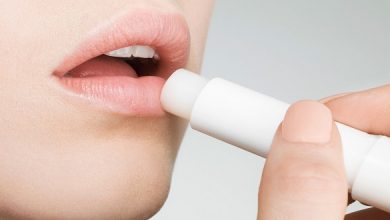What is the working principle of chemical peels in New Orleans?
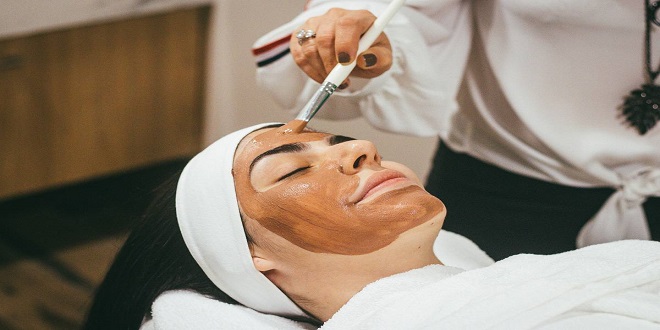
You have many options for improving the appearance of your skin. Chemical peels are one of them. Chemical peels are often applied to the face. Trusted chemical peels from Sadeghi Center for Plastic Surgery will make your skin look smoother and more youthful. How do chemical peels work?
What’s the Best Use for a Chemical Peel?
Chemical peels can be used to treat some wrinkles, scars and discoloration. This is typically used on the face. This procedure can be done on its own or in combination with other cosmetic procedures. You can offer more dramatic and better results if you do a deeper chemical peel. It could take longer to heal.
How Chemical Peels Work in New Orleans
Before the procedure
-
Talk to your doctor about your expectations.
Before you have your chemical peel, you will need to meet with your doctor to discuss your goals, motivations, as well as any potential risks or benefits. They will make sure you fully understand what treatment you might need, how long it will take to heal, and the cost.
-
Let your doctor review your medical history
Your doctor will ask you questions about your medical history and current conditions. They will ask you questions about your past medical history, including any medications you take or have taken.
-
Physical exam
Your doctor will perform a skin evaluation during your consultation to assess your skin and determine if the type of treatment you are interested in is suitable.
-
Bleaching agent
Your doctor might recommend that you use a bleaching agent before and after your procedure. You could reduce or eliminate any side effects by using the bleaching agent.
-
Antiviral medication
These things will be discussed at your consultation. However, your doctor may ask you to take antiviral medication prior to and after treatment. This is to reduce the chance of getting a virus infection.
-
Retinoid cream
Your doctor will recommend that you use a retinoid lotion a few weeks before your treatment. This would help your skin heal faster.
-
Avoid sun exposure
If you’re exposed to too much sunlight, your skin might become irregulatory. Is it necessary to use some form of sun protection?
During the procedure
A light chemical peel will involve your doctor using a sponge, gauze, sponge or cotton ball to apply the chemical mixture to your skin. A light chemical peel would lighten your skin. You might feel some stinging after the solution has been applied to your skin. However, they would apply a neutralizing solution afterwards.
They will use either gauze or cotton-tipped tools to apply the chemical solution to lighten the skin. The cold compress would then be applied to your skin. You might feel some stinging or burning for up to 20 minutes after this happens.
We also offer deep chemical peels. Your doctor will use IV fluids to monitor your heart rate during this procedure. After that, your doctor will apply a cotton-tipped applicator to your skin, where your skin will turn gray or white. This will be done in 15-minute segments so that your skin is not exposed to phenol.
After the procedure
After a chemical peel, your skin may be reddened, swollen or tight. However, during your consultation and afterwards, your doctor will be reminding your about what to do with your skin. You can protect your skin with sun protection, cleansing, or applying moisturizer and other protective ointments. Avoid picking, rubbing, or scratching your skin.
Who is a good candidate for this type of procedure?
Chemical peels are best for people with fair skin and light hair. The results of a chemical peel will vary depending on what problem you’re trying to treat.
However, you will most likely experience an uneven skin tone following the procedure. Talk to your daughter about this so you can get a better understanding of what to expect.
Last word
Chemical peels may not be the best option for you if you have sagging skin or bulges. There are many other options for body contouring and body shaping, including soft tissue filler and facelifts, eyelid lifts, and even brow lifts. Your dermatologist should be consulted to discuss the options available to you in order to achieve your aesthetic goals.


